A Forgotten Ally, Part One: Reverend Wirt and Viscount Shibusawa
On March 28th, 2018, Vicken Babkenian was the keynote speaker at an event honoring Eiichi Shibusawa and the Armenian relief movement in Japan. The presentation was organized by ANCA West Region and the Japan America Society in Glendale, California. The following dispatch is based on his presentation and continuing work documenting the key, but often forgotten role, Japan played in providing relief and aid during and after the Armenian Genocide. Vicken Babkenian is an independent researcher for the Australian Institute for Holocaust and Genocide Studies. He is the co-author (with Prof. Peter Stanley) of Armenia, Australia and the Great War (NewSouth Publishing, 2016), which was shortlisted in two major Australian literary awards.
************************
Sparked by the cablegram sent by Henry Morgenthau in 1915, local, national, and international communities responded to the atrocities committed against the Armenian people. Initially just an American based relief organization, the executive committee of Near East Relief, in order to maximize their efforts, looked to other countries for help.
As part of their strategy, they enlisted the services of the Reverend Loyal Wirt, a congregational minister from California and well-known social visionary with a long history of missionary and humanitarian work. In the late 1800s and early 1900s, he worked to establish hospitals and social service centers in Alaska, the goldfields of California, and as far away as Australia. During World War I, he served as a Red Cross commissioner on the Western Front. Upon returning home, he was among the first team of American relief workers who sailed on a flotilla of ships from New York to what was then known as the Near East in January 1919 to provide humanitarian aid to the survivors of the Armenian, Anatolian Greek, and Assyrian Genocide. Seeing first-hand the crimes committed, Rev. Wirt established his new mission to create relief committees across the globe.
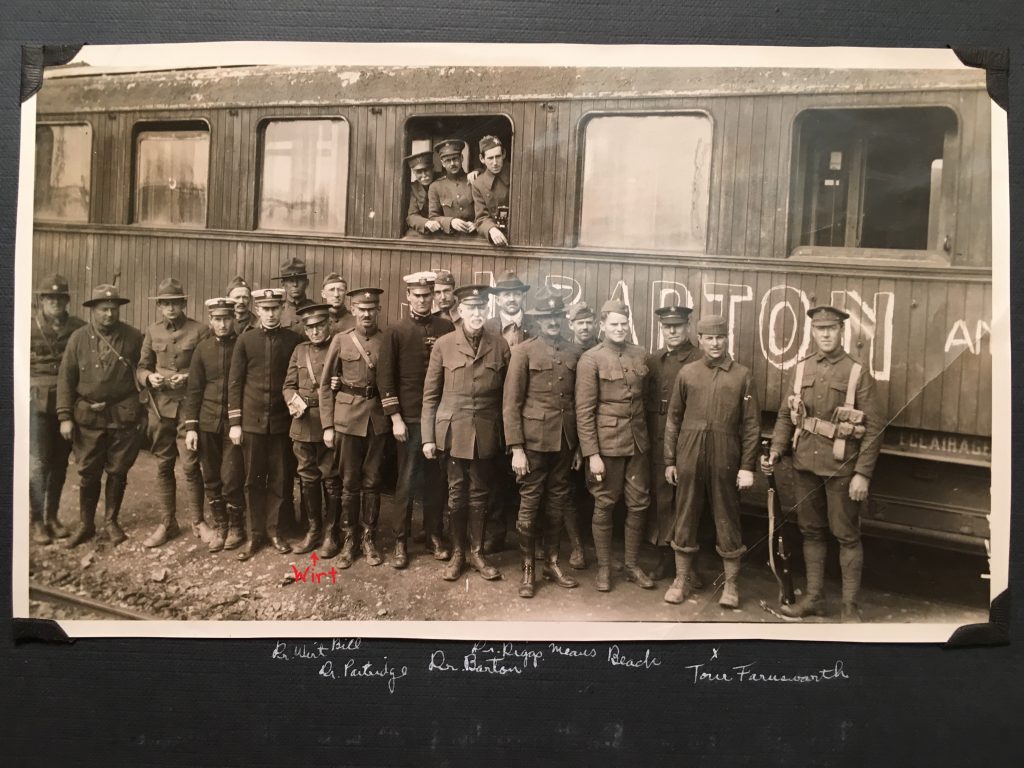
The Rev. Loyal Wirt among the first US relief team, Turkey, March 1919, courtesy of Missak Kelechian
...A chain of mercy from one end of the world to the other.
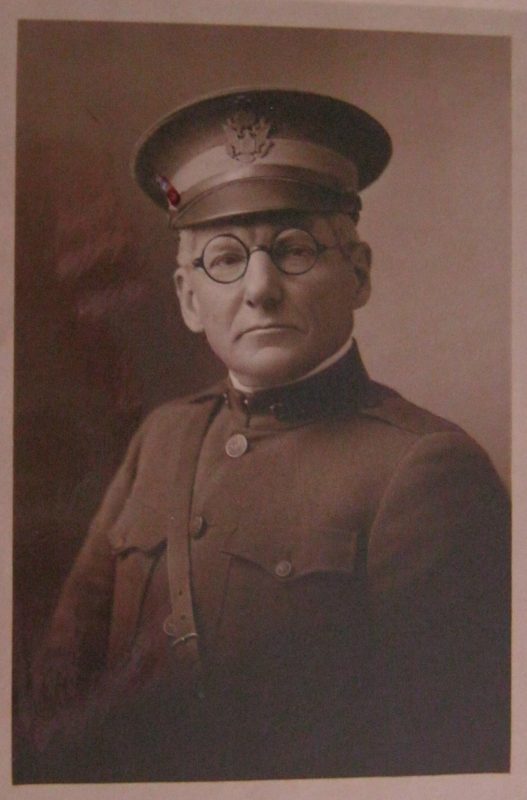
Equipped with the publicity materials like photographs, moving pictures, and firsthand accounts, Wirt left San Francisco on January 14, 1922. Stopping first to create a relief committee in Hawaii, then still just a United States territory, he traveled to Japan to expand NER efforts.
At the time, Japan was home to a large number of Americans and Europeans, providing Wirt with a sympathetic community to aim his appeal it. He succeeded and formed a general committee, composed of American businessmen and missionaries, headed by the US ambassador to Japan, His Excellency Charles Warren. Mobilizing the strong ex-pat community living in Japan, the committee gained momentum through working with foreign social groups, lodges, clubs, churches, and garden parties.
Photo Right: Portrait of Rev. Loyal Wirt, c. 1920s, courtesy of Evan Wirt
Contemporary to Wirt’s departure to Japan, the Washington Conference was held with the purpose of limiting naval arms and increasing security agreements in the Pacific area. This conference was the first international conference held in the United States and the first arms control conference in history.
Advising the Japanese delegation at the conference was the influential de facto diplomat, Viscount Eiichi Shibusawa.
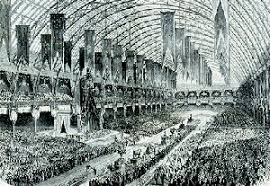
Born in what is now Fukaya, Japan in 1840, Visc. Shibusawa developed an eye for business early in life, helping with his family’s farm and indigo business. He studied history and Confucian philosophy before traveling to Tokyo in his early twenties to further his studies. At the age of 27, he visited France and other European countries as a member of the Japanese delegation to the Paris World Exposition in 1867.
It was during this time that Visc. Shibusawa developed his opinions on the importance of industrial and economic development. Inspired by what he learned abroad, he founded one of Japan’s first joint-stock companies. Later invited by the Japanese government to become a member of the ministry of finance, he was a driving force in Japan’s modernization in the late 1800s and early 1900s.
Photo Right: Exposition Universelle ‘World Exposition’, Paris 1867
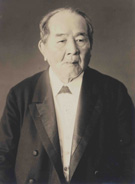
A pioneering figure, Visc. Shibusawa encouraged growth and development across the industrial sector. He founded fisheries, railways, printing companies, steamship companies, steel plants, gas and electric industries, oil mines and many more. Applying a set of ideas and morals of what he called the ‘unity of morality and economy’, he attempted to merge Confucian ethics with the emerging market capitalism in Japan. He believed that capitalists should place a strong emphasis on righteousness and benevolence, placing the public interest first and foremost while still engaging in competition. Using this doctrine, he was involved in some 600 social welfare organizations.
Acting as an important bridge between the United States and Japan, Visc. Shibusawa returned home from the Washington Conference shortly before Rev. Wirt arrived in Japan.
Photo Left: Portrait of Viscount Eiichi Shibusawa, c. 1924, courtesy of Eiichi Shibusawa Memorial Foundation
Based on an account recorded by Wirt himself, the two men met after a group of leading Japanese men expressed interest in learning about Wirt’s mission. Accompanied by prominent and respected missionary Reverend Gilbert Bowles, Rev. Wirt met Visc. Shibusawa. Asking ‘who the Armenians were and why they needed help,’ Visc. Shibusawa solicited information from Rev. Wirt about his mission. Using the services of Rev. Bowles as translator, Rev. Wirt described the details of the suffering during the war and the current plight of refugees.
Visc. Shibusawa interrupted him before he could finish and asked, ‘Why did you not come to us with your appeal? Was it because we are Buddhist and you thought we would not help Christians in distress? We have read your speeches as reported in the Japan Advertiser and we thought we would like to help, even if we have not been invited to do so. Unknown to you, one of our Japanese papers published your appeal, and here is your result.”
Visc. Shibusawa handed over a check for $11,000- about $150,000 in today’s money.
Visc. Shibusawa accepted the chairmanship of the Armenian Relief Committee of Japan, headquartered in Kajimachi, Tokyo. He immediately wrote a letter to 100 Japanese leaders, inviting them to attend a lecture by Rev. Wirt in the hope of inspiring interest to help the Armenians.
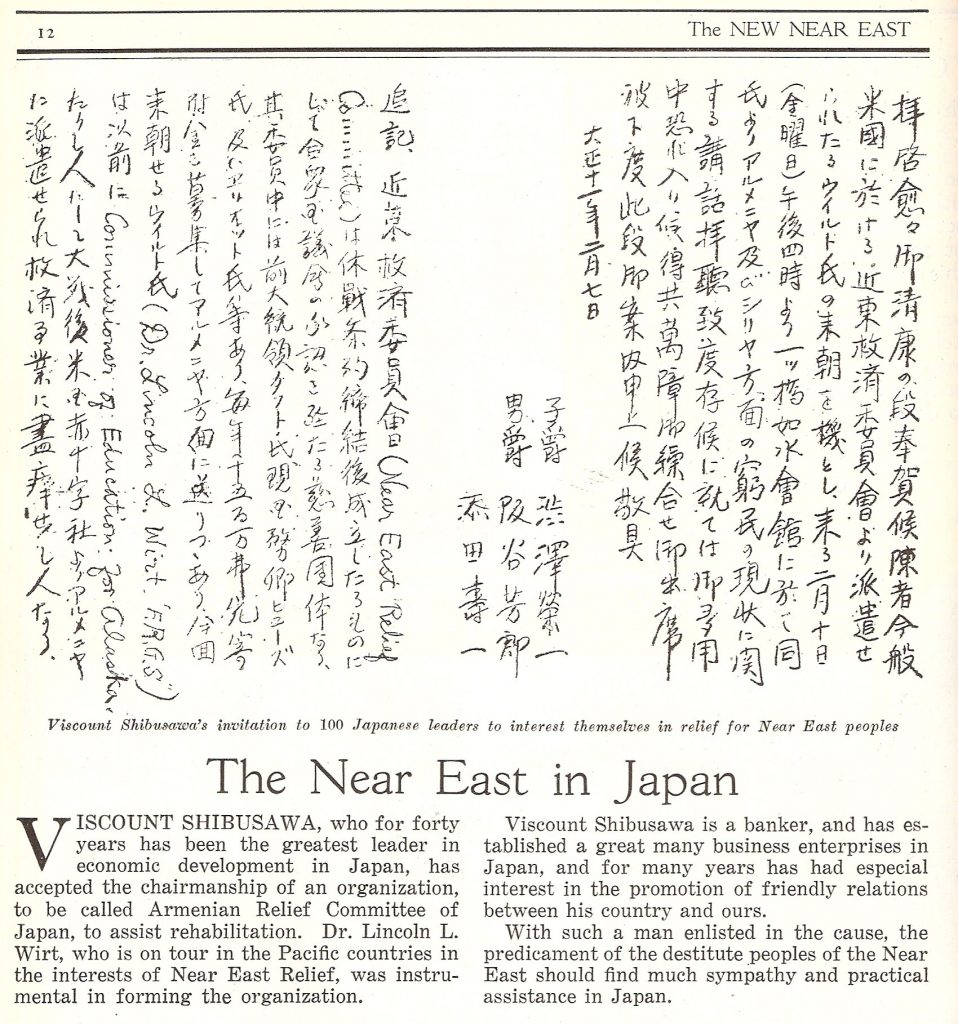
Visc. Eiichi Shibusawa's letter to 100 Japanese leaders, April 1922, New Near East Magazine
Along with 15 other national committees, the Japanese Armenian relief committee became a member of the Geneva based International Near East Association, which had the stated goal of “increase[ing] the efficiency of all organizations seeking to relieve the suffering and promote the social, economic, and industrial welfare of those in the Near East who have been rendered destitute by war or other causes beyond their control.” Members included Dr. Inazo Nitobe, a League of Nations official, and a member of Japan’s House of Peers.
Contributions for the Armenian relief fund began to flow in from all classes of Japanese society- from ordinary people to government ministers, leading businessmen to royalty. A Japanese girl’s school even assumed the full responsibility for two Armenian orphans.
Often forgotten or overlooked, the work done by the Japanese people, spearheaded by Rev. Wirt and Visc. Shibusawa, provided much needed aid to the Armenian people. Without this international support, Near East Relief would not have been able to help as many refugees as it did.
The story doesn’t end there! Check back soon for the next installment.
